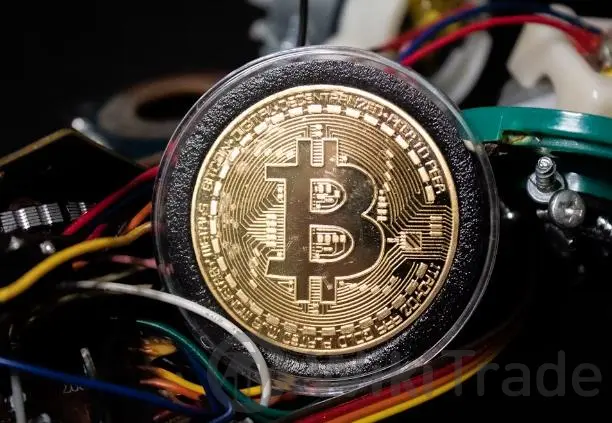How many Bitcoins are in circulation?
Abstract: As of late 2021, approximately 18.8 million Bitcoins are in circulation, with just over 2 million remaining to be mined, given the total supply cap at 21 million. This number may have changed with new blocks mined and Bitcoin transactions. For the most current statistics, refer to a reliable source.
Bitcoin Mining and Circulation
Bitcoins are created through mining, where miners solve complex puzzles to validate transactions and are rewarded with new Bitcoins. The process becomes increasingly difficult over time, with mining rewards halving approximately every four years in an event known as the “halving.” The last Bitcoin is estimated to be mined around 2140.

Bitcoin's Backing Factors
Bitcoin is backed by network security, scarcity, utility, adoption, and its role as a store of value. Its decentralized nature and resistance to inflation contribute to its perceived value.

Bitcoin Mining as an Alternative to Direct Investment
Bitcoin mining is an alternative to purchasing Bitcoin, involving validating transactions on the network in exchange for newly minted Bitcoins. It requires significant computational power and energy consumption and can be profitable when Bitcoin prices are high.

Estimating the Number of Bitcoin Miners
Estimating the exact number of Bitcoin miners is challenging due to the decentralized nature of mining and the fluctuating number of participants. Factors influencing the number of miners include mining pools, geographical distribution, hardware accessibility, network difficulty, market conditions, and environmental concerns.

Investment Motivations in Bitcoin Mining
People mine Bitcoin for profitability, supporting the network, tech enthusiasm, philosophical beliefs, diversification of income, and as a learning experience. Miners contribute to the security and decentralization of the Bitcoin network.

Bitcoin Supply and Market Liquidity
Bitcoin's total supply is capped at 21 million coins, establishing digital scarcity. The circulating supply refers to Bitcoins actively traded on the market, influenced by investor holdings and adoption. Liquidity refers to the ease with which Bitcoins can be bought or sold without affecting their price.

Bitcoin Mining Hardware Components
Building a Bitcoin mining rig involves ASIC miners, power supply units, cooling systems, mining pool membership, and mining software. ASIC miners are now the norm due to their superior efficiency.
Personal Mining Rig vs. Alternatives
While not every miner needs a personal mining rig, dedicated mining hardware can improve efficiency and profitability. Alternatives include cloud mining and joining a mining pool, which require less upfront investment but may offer lower profitability and less control.
Bitcoin's Historical Journey
Bitcoin was introduced in 2009 by Satoshi Nakamoto as a decentralized digital currency. It has since evolved into a global digital asset with a market capitalization in the trillions, representing financial sovereignty and individual empowerment.
Bitcoin Price History
Bitcoin's price has fluctuated significantly over the years, influenced by market demand, investor sentiment, regulatory developments, and macroeconomic trends.
Converting Bitcoin to USD
To convert Bitcoin to USD, choose a reputable exchange, create an account, deposit Bitcoin, initiate a sell order, set the price and execution method, confirm and execute the order, and withdraw USD to your bank account.
FAQs
Cryptocurrency remains a prominent and evolving asset class.
The next Bitcoin halving event is expected around 2024.
Bitcoin's price is influenced by various factors, including market demand and regulatory developments.
You can hold Bitcoin as an investment without putting it into circulation.
The decision between mining and purchasing Bitcoin depends on factors like electricity costs and investment objectives




Top News
 WikiTrade
WikiTrade WikiTrade
WikiTrade WikiTrade
WikiTrade WikiTrade
WikiTrade WikiTrade
WikiTrade WikiTrade
WikiTrade WikiTrade
WikiTrade WikiTrade
WikiTrade WikiTrade
WikiTrade WikiTrade
WikiTrade


